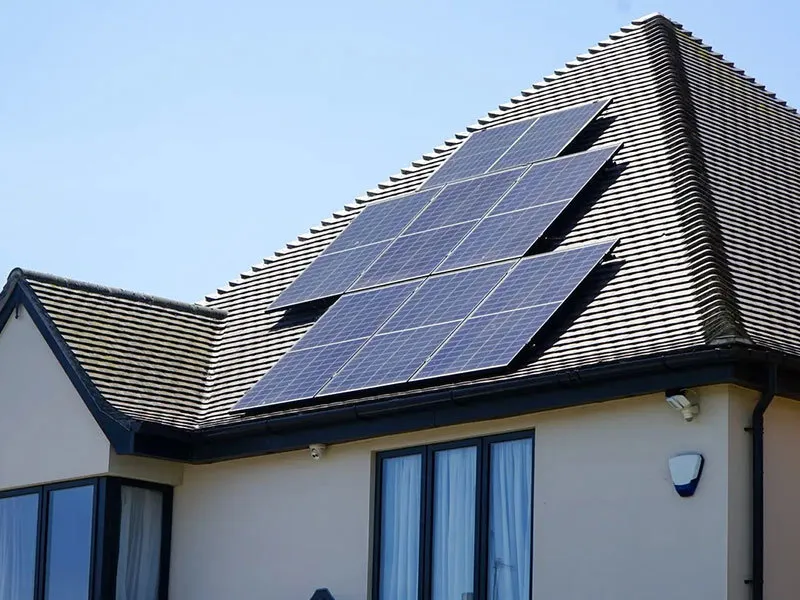4 types of solar panels
The Four Types of Solar Panels A Comprehensive Overview
As the world increasingly shifts towards renewable energy sources, solar power has emerged as one of the most viable alternatives to fossil fuels. Solar panels, which convert sunlight into electricity, are at the forefront of this revolution. However, not all solar panels are created equal. They come in various types, each with its own unique characteristics, advantages, and drawbacks. In this article, we will explore the four main types of solar panels Monocrystalline, Polycrystalline, Thin-Film, and Bifacial solar panels.
1. Monocrystalline Solar Panels
Monocrystalline solar panels are known for their high efficiency and sleek appearance. Made from single-crystal silicon, these panels typically boast efficiencies of around 15-22%. The uniform blue-black color of the cells gives them a modern look, making them a popular choice for residential installations.
One of the key advantages of monocrystalline panels is their space efficiency. Because of their high power output, they can generate more electricity per square foot compared to other types, making them ideal for homes with limited roof space. Additionally, they tend to perform better in low-light conditions, which is a significant benefit during cloudy days or in shaded areas.
However, the manufacturing process for monocrystalline panels is more energy-intensive and costly, resulting in a higher price point compared to other solar panel types. Nonetheless, their longevity, typically around 25-30 years, can justify the upfront investment for many homeowners.
2. Polycrystalline Solar Panels
Polycrystalline solar panels are another popular option, made from multiple silicon crystals melted together. This process results in a distinctive blue speckled appearance. These panels generally have efficiencies ranging from 13% to 16%, which is lower than their monocrystalline counterparts.
One of the main advantages of polycrystalline panels is their lower cost. They are less expensive to produce, making them an attractive option for budget-conscious consumers. Additionally, due to their lower energy input during manufacturing, they are often considered a more environmentally friendly choice.
While they are generally less efficient and take up more space than monocrystalline panels, polycrystalline panels still provide reliable performance in sunny conditions. They have a decent lifespan, typically around 20-25 years, and can be an excellent option for those with ample roof space.
4 types of solar panels

3. Thin-Film Solar Panels
Thin-film solar panels are a less common but alternative technology that offers unique advantages. Made from layers of photovoltaic material only a few micrometers thick, these panels are lightweight and flexible. This allows them to be integrated into a variety of surfaces, including fabrics and building materials.
Thin-film panels are generally less efficient than crystalline panels, with efficiencies ranging from 10% to 12%. However, their lightweight nature and flexibility make them suitable for unconventional applications, such as on vehicles or curved surfaces. They also perform well in high temperatures and shading situations, making them a viable option for specific installations.
On the downside, thin-film panels typically require more space to generate the same amount of electricity as crystalline panels. Their shorter lifespan, usually around 10-20 years, may also be a consideration for those looking for long-term investments.
4. Bifacial Solar Panels
Bifacial solar panels are an innovative and emerging technology in the solar industry. These panels can harvest sunlight from both sides, allowing them to capture reflected light, which can significantly increase their energy production. Bifacial panels can achieve efficiencies of around 15-20%, depending on the installation and environmental conditions.
One of the advantages of bifacial panels is their improved performance in snowy or reflective environments, where the reflected light can enhance energy generation. They can be used in various configurations, such as elevated installations or ground-mounted systems, which can provide flexibility in their application.
However, bifacial solar panels are generally more expensive than traditional options due to their advanced design and manufacturing processes. Additionally, optimal performance requires careful planning of the installation site, including considerations for ground reflectivity and shading.
Conclusion
Choosing the right type of solar panel depends on various factors, including budget, space availability, and specific energy needs. Monocrystalline and polycrystalline panels are the most common for residential use, while thin-film and bifacial panels offer specialized advantages for particular applications. As technology continues to advance, solar panels are becoming more efficient, affordable, and versatile, making solar energy an increasingly attractive option for homeowners and businesses alike. Whether you are looking to reduce your carbon footprint or save on electricity bills, understanding the different types of solar panels is essential in making an informed decision.
-
String Solar Inverter: The High-Efficiency Solution for Smart Solar EnergyNewsJul.14,2025
-
Revolutionizing Rooftop Energy with the Power of the Micro Solar InverterNewsJul.14,2025
-
Power Independence with Smart Off Grid Solar Inverter SolutionsNewsJul.14,2025
-
On Grid Solar Inverter: Powering the Future with Smart Grid IntegrationNewsJul.14,2025
-
Monocrystalline Solar Panels: High-Efficiency Power for the Future of Clean EnergyNewsJul.14,2025
-
Bifacial Solar Panel: A Smarter Investment for Next-Generation Energy SystemsNewsJul.14,2025







